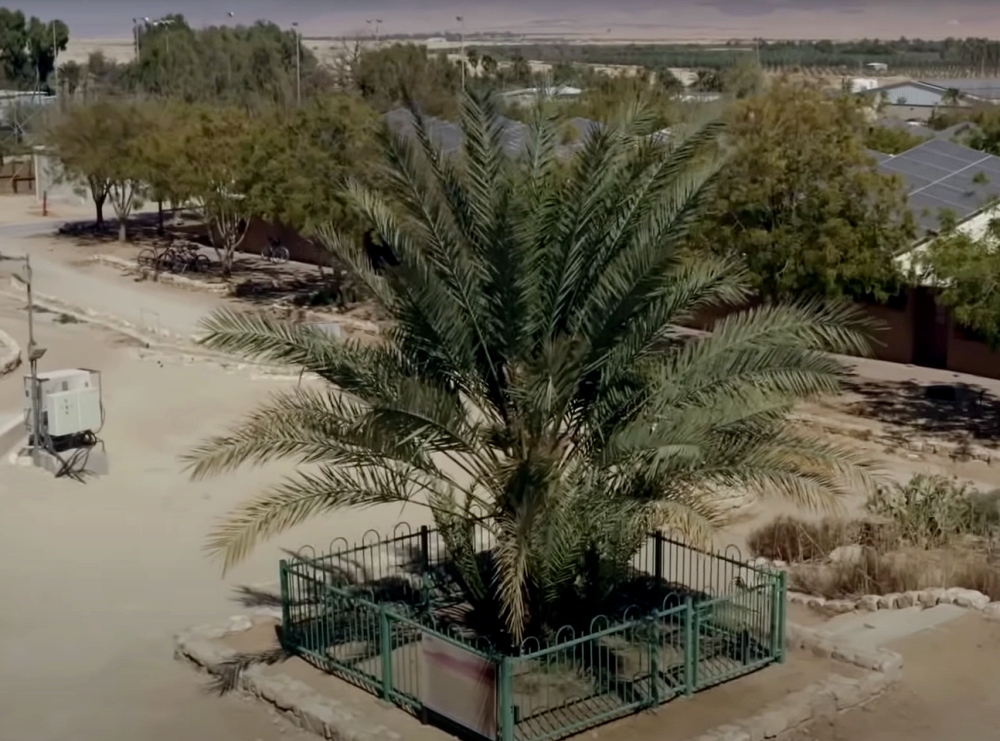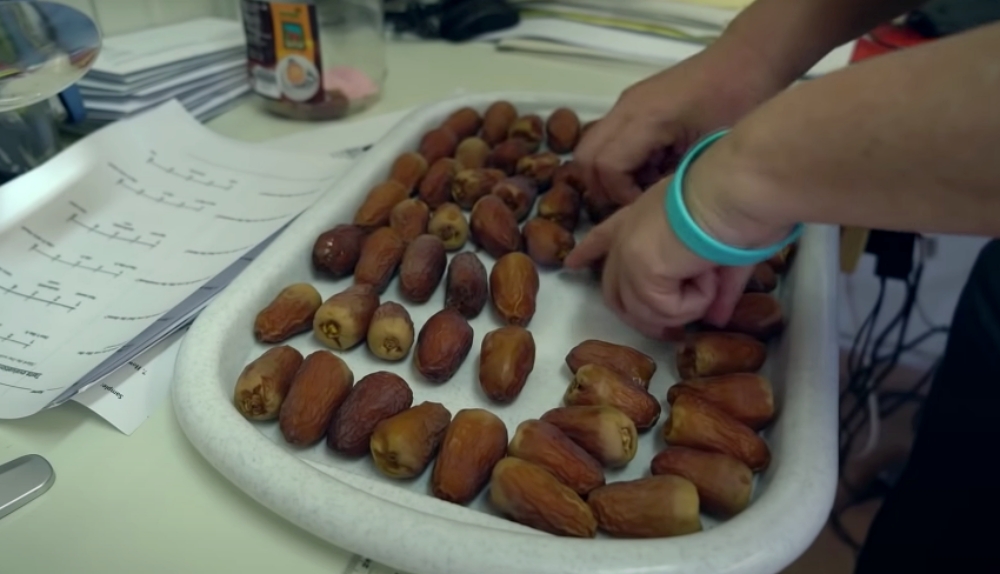Date Palm from Jesus’ Era That Was Brought Back from the Brink
It’s incredible that they sprouted at all.
During the Jewish-Roman Wars in the 1st and 2nd centuries some Jewish populations would rather die than be captured and enslaved by the Romans. At what is now known as the Masada site this is exactly what they did, burning all but one of their food storage areas before committing mass suicide. From that one store of food we now have a record of what they ate 2,000 years later. Incredibly one type of date palm seed was found among the items in the store. It had previously gone extinct since the wars, but has now been brought back.

The Judaean date palm was once an important symbol for the Roman empire and highly-prized export from the territory back to Rome. It was even featured on coinage of the ancient world. But, the crusaders destroyed the last Judaean date palms, causing their extinction.
Dr. Sarah Sallon of the Natural Medicine Research Center had to do some work to get her hands on some of the ancient seeds from the Masada site. She enlisted the help of Dr. Elaine Solowey (of the Center for Sustainable Agriculture at the Arava Institute) to get the seeds to grow, something that many people in the field were doubtful could even be done.

Dr. Solowey is the woman responsible for domesticating the argan tree, which so many beauty products today rely on. She also works with threatened plant species to get them to grow in the arid conditions of Israel.
How does one test the viability of a seed that’s 2,000 years old? Dr. Solowy’s first thought was that the seeds had to be hydrated slowly in order to wake them up so to speak. She put them in a baby bottle warmer and waited to see what happened. A few weeks later one sprouted.

That plant today is known as Methuselah as it is a male plant. In order to grow more they needed female plants. Of the nearly three-dozen more seeds they were able to successfully germinate, only two were female. They were named Judith and Hannah, the latter of which was the first tree to bear this fruit in two millennia.
So what do these ancient dates taste like? According to Dr. Sallon they are less sweet than Medjool dates, less sticky than other dates, and with an aftertaste of honey. Considering that honey was thought to be a gift from the gods to the Ancient Romans and the in Mesopotamia date syrup was preferred even to honey, a date that tasted of honey much have been incredibly popular. It’s not hard to see why it was a revered fruit before it was rendered extinct.
You can see these ancient date trees up close in the video below.
SKM: below-content placeholderWhizzco for DOT

